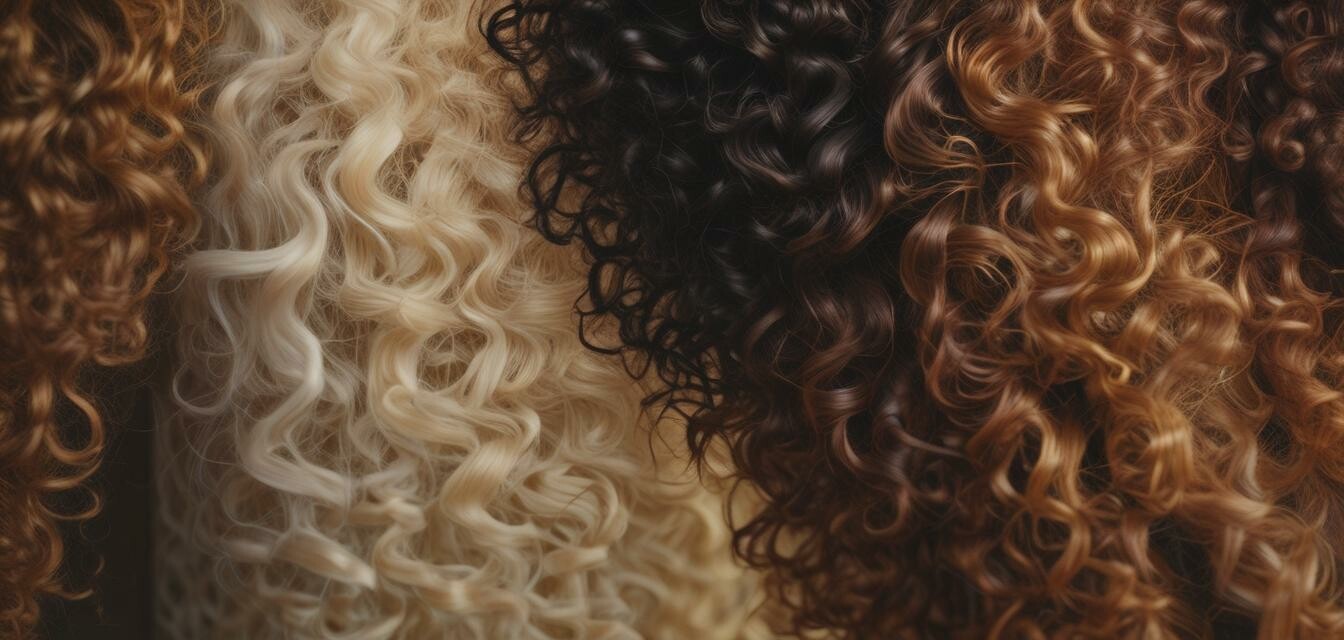
Understanding Your Hair Type: A Comprehensive Guide
Key Takeaways
- Identifying your hair type is essential for effective hair care and treatment.
- Different hair types require unique products and techniques for maintenance.
- Understanding the porosity and density of your hair can enhance your hair care routine.
- Embrace your natural hair texture for healthier hair.
Understanding your hair type is fundamental to establishing an effective hair care routine. Different types of hair require different products and techniques. Whether your hair is curly, wavy, or straight, getting to know your hair type can help you choose the right products and practices to keep your locks healthy and vibrant.
How to determine your hair type
Determining your hair type can seem challenging, but by focusing on a few characteristics—texture, porosity, density, and curl pattern—you can pinpoint what kind of hair you have. Below, we've broken down these aspects to help you make this crucial determination.
1. Texture
Your hair texture can be classified into three main categories:
| Texture Type | Description |
|---|---|
| Straight | Hair that lacks curls or waves, tends to be smooth and can be oily. |
| Wavy | Hair with a loose wave pattern that can be frizzy or sleek. |
| Curly | Hair with spiral-shaped strands that may be coarse and dry. |
2. Curl pattern
Identifying your curl pattern is also essential for determining how to treat your hair. Here are the basic curl patterns:
- Type 1: Straight hair with no curl.
- Type 2: Wavy hair that forms an S-shape.
- Type 3: Curly hair with defined curls in varying sizes.
- Type 4: Coily or kinky hair that has tight curls or zig-zag patterns.
Understanding porosity
Porosity is how well your hair can absorb and retain moisture. It can be classified as:
Pros of Healthy Porosity
- Moisturizes easily
- Retains hydration well
- Maintains a healthy shine
Cons of Low/High Porosity
- Low porosity: Hard to hydrate
- High porosity: Loses moisture quickly
Checking your hair porosity
One easy way to test porosity is the water test:
- Fill a glass with water.
- Take a strand of your clean hair and place it in the water.
- Observe:
- If it floats, you have low porosity.
- If it sinks slowly, you have normal porosity.
- If it sinks quickly, you have high porosity.
Density matters too
Hair density refers to the number of strands per square inch. To check your hair density, perform the following steps:
- Take a section of your hair and pin it back.
- Look at your scalp.
- If you see a lot of scalp, you have low density; if only a little, you have high density.
Moderate density is where you can see some of the scalp.
Choosing the right products
Once you've identified your hair type, you can select the best products tailored for your needs. For more detailed guidance, explore our buying guides on different products.
Tips for maintaining your hair type
Beginner's tips for hair care
- Use sulfate-free shampoos to prevent dryness.
- Deep condition regularly for added moisture.
- Use heat protectants when styling with heat tools.
- Always detangle hair when wet with a wide-tooth comb.
- Try natural oils for added shine and hydration.
Conclusion
Understanding your hair type is the first step towards a successful hair care routine. With the right knowledge and products, you can achieve the healthy and beautiful hair you’ve always wanted. For more tips and advice, check our Hair Care Tips section!

